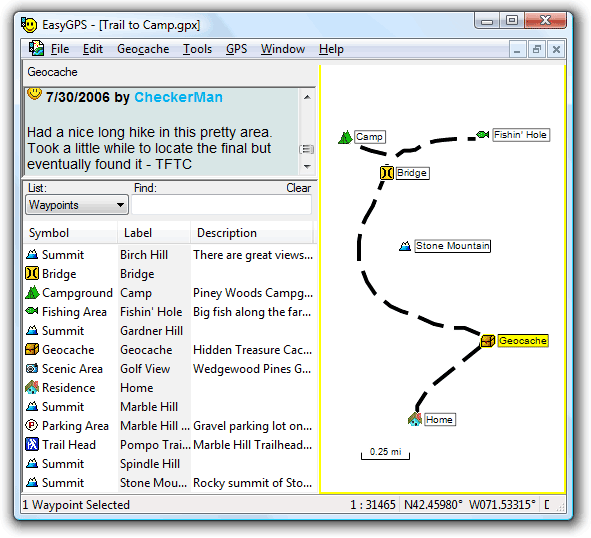

This, however, does not necessarily factor in the location of storms of forecast turbulence, so dispatchers (who build the routes and construct the flight plans) may opt avoid the tracks if they’d like, but there are many rules in doing so. The NATs are different every day, published in a collaborative effort from air traffic controllers on both sides of the ocean, and are built based on the jetstream and what is forecast to be optimal enroute winds. Labeled with letters such as V through Z, the eastbounds are active from 1:00GMT to 8:00GMT, and the westbounds are active from 11:30GMT to 19:30GMT, labelled with letters such as A through H. Over the ocean, these tracks are built for aircraft that fly between 28,500 and 41,000 feet high.īased on traffic demand, tracks are built for eastbound and westbound traffic waves. North Atlantic Tracks (NAT) are roadways in the air that aircraft must follow to navigate through busy skies, similar to the airways that are over the United States and all over the world. There are many planes vying for the same airspace, so routing rules exist. But, even though you’re out the in middle of the ocean, and even with 4-engined aircraft and ETOPS capabilities (perhaps another article), it is not a direct line over to Europe for most. A trip that not long ago in human history could take up to two months by boat, can now be a 5 to 6 hour trip. Flying to or from Europe is a pretty wild experience in itself.


 0 kommentar(er)
0 kommentar(er)
